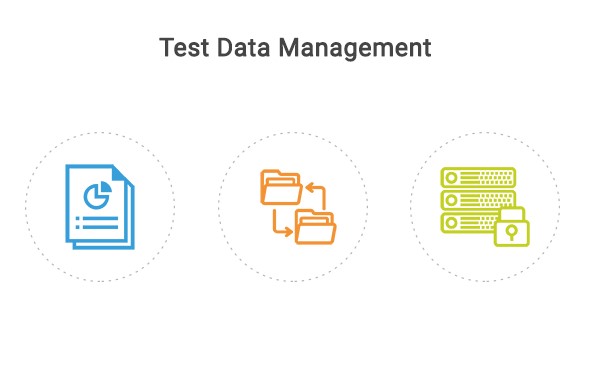Test Data Management (TDM) best practices and strategies are essential for ensuring the efficiency, accuracy, and security of the testing process. Here are some key best practices and strategies for TDM:
1. Data Requirement Analysis:
- Understand the specific data requirements for your testing efforts. Work closely with business analysts and stakeholders to define the necessary data.
2. Data Profiling and Quality Assurance:
- Regularly profile your test data to identify data quality issues. Address and rectify any anomalies or inconsistencies.
3. Data Privacy and Compliance:
- Ensure that sensitive or personally identifiable information (PII) is protected through data masking, anonymization, or encryption. Comply with data privacy and protection regulations.
4. Data Reusability:
- Promote the creation of reusable test data sets. This reduces the duplication of effort in generating new data for each testing cycle.
5. Data Masking/Anonymization:
- Implement robust data masking and anonymization techniques to protect sensitive information while maintaining data relationships.
6. Data Provisioning:
- Develop efficient processes for provisioning test data to various testing environments. Ensure each environment has access to the necessary data.
7. Data Refresh Strategies:
- Create and implement strategies for refreshing test data. Regularly update data to keep it up-to-date and representative of the production environment.
8. Data Security:
- Implement security measures to protect test data from unauthorized access. Use role-based access control and encryption to safeguard data.
9. Data Dependency Management:
- Manage dependencies between different datasets to avoid issues when changes are made. Ensure updates to one dataset do not adversely affect others.
10. Data Versioning: – Maintain multiple versions of test data to support regression testing and track changes over time.
11. Data Governance: – Establish data governance practices to ensure data consistency, security, and compliance with industry standards and regulations.
12. Automation: – Utilize TDM tools and automation to streamline data management processes and reduce manual effort. Automation can help in data generation, data masking, and data provisioning.
13. Collaboration: – Foster collaboration between testing teams, development teams, and data owners to manage data effectively. Clearly define roles and responsibilities.
14. Documentation: – Create and maintain clear documentation of your TDM strategy, policies, procedures, and guidelines for data management.
15. Training and Awareness: – Provide training to relevant teams to ensure they understand and can effectively implement the TDM strategy. Raise awareness of data privacy and security among team members.
16. Continuous Improvement: – Continuously monitor and refine your TDM processes based on feedback, changing requirements, and evolving technologies. Regularly assess the effectiveness of your data management processes.
17. Audit and Reporting: – Implement auditing and reporting mechanisms to track data usage, changes, and compliance with your TDM strategy.
Implementing these best practices and strategies for TDM ensures that your organization can efficiently and securely manage test data, leading to more effective and reliable software testing.

